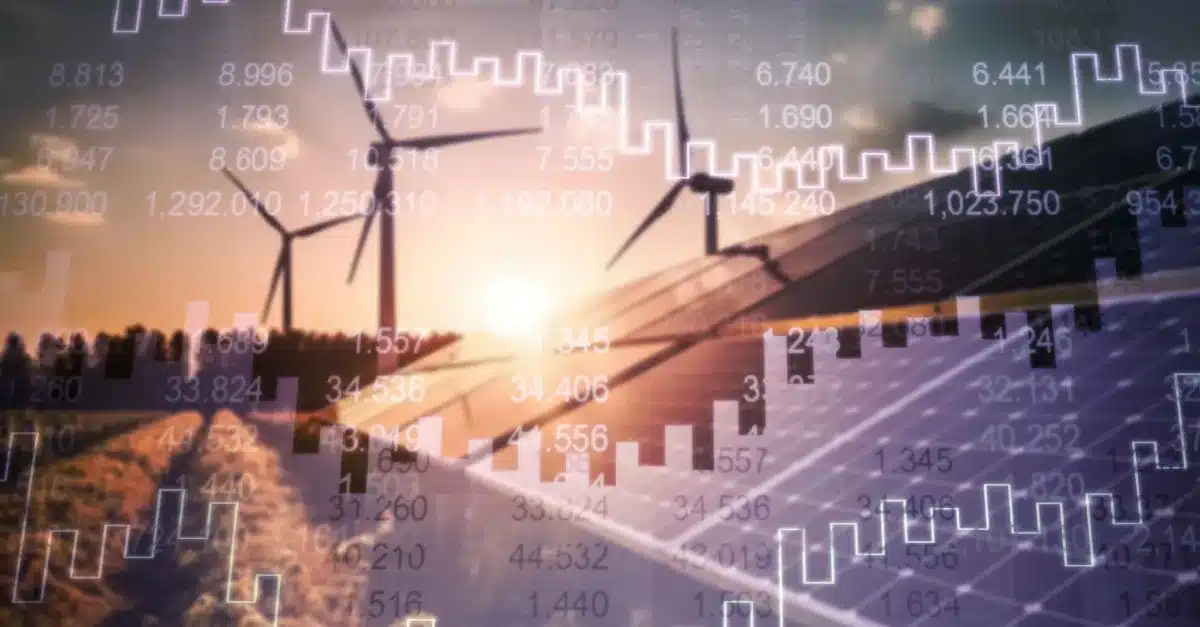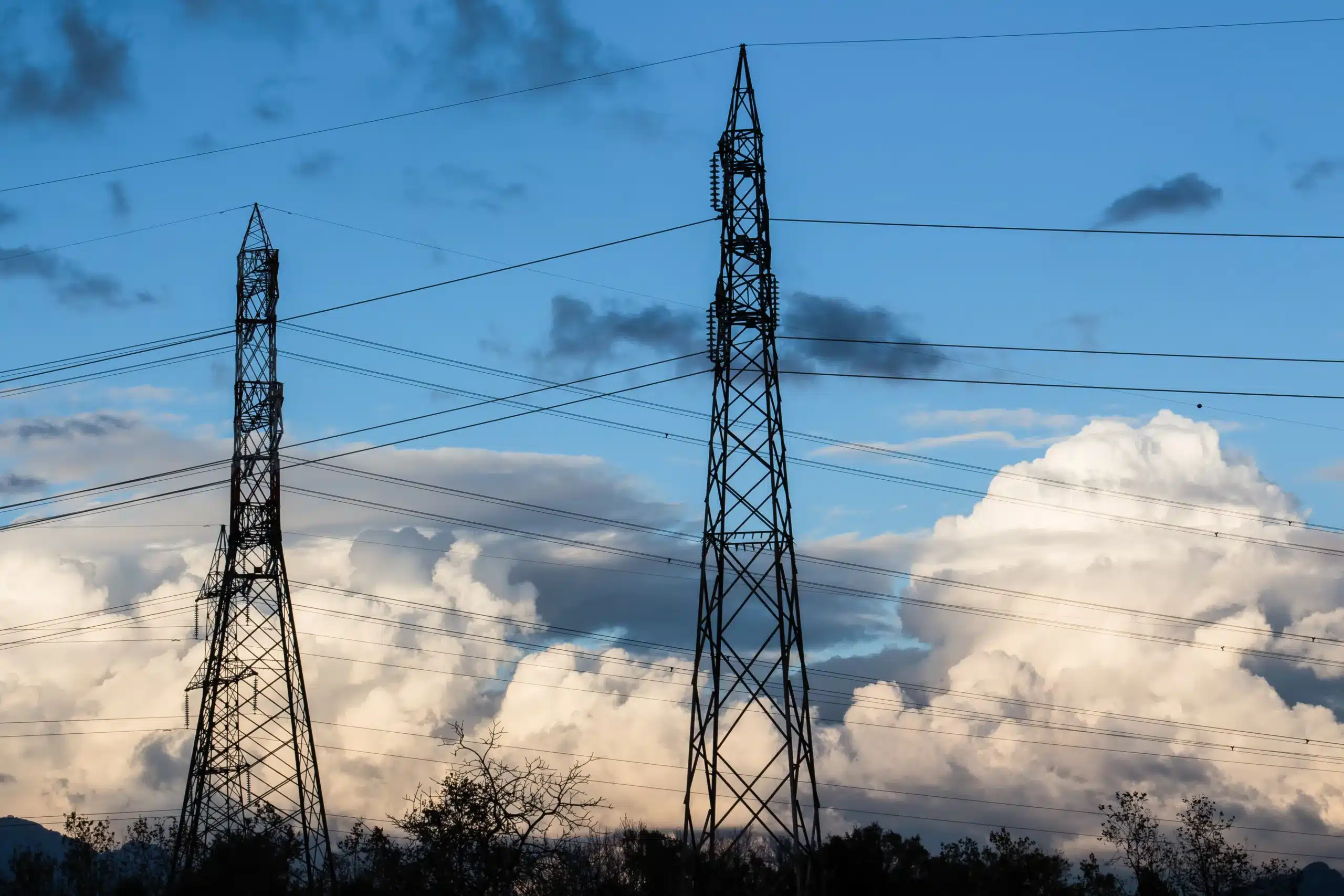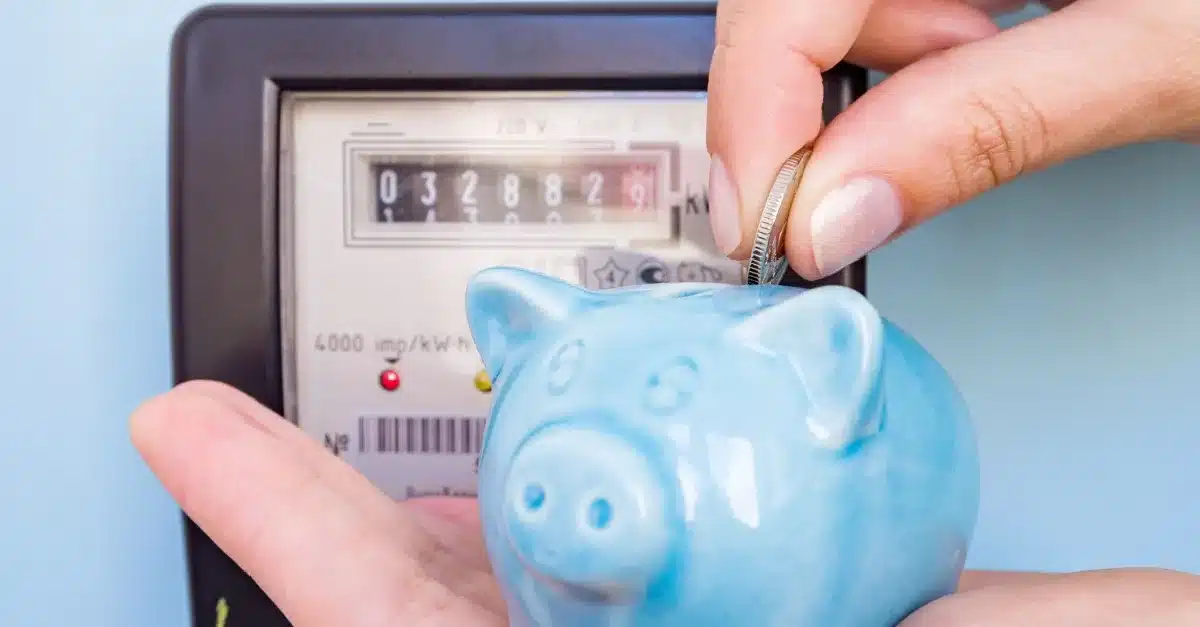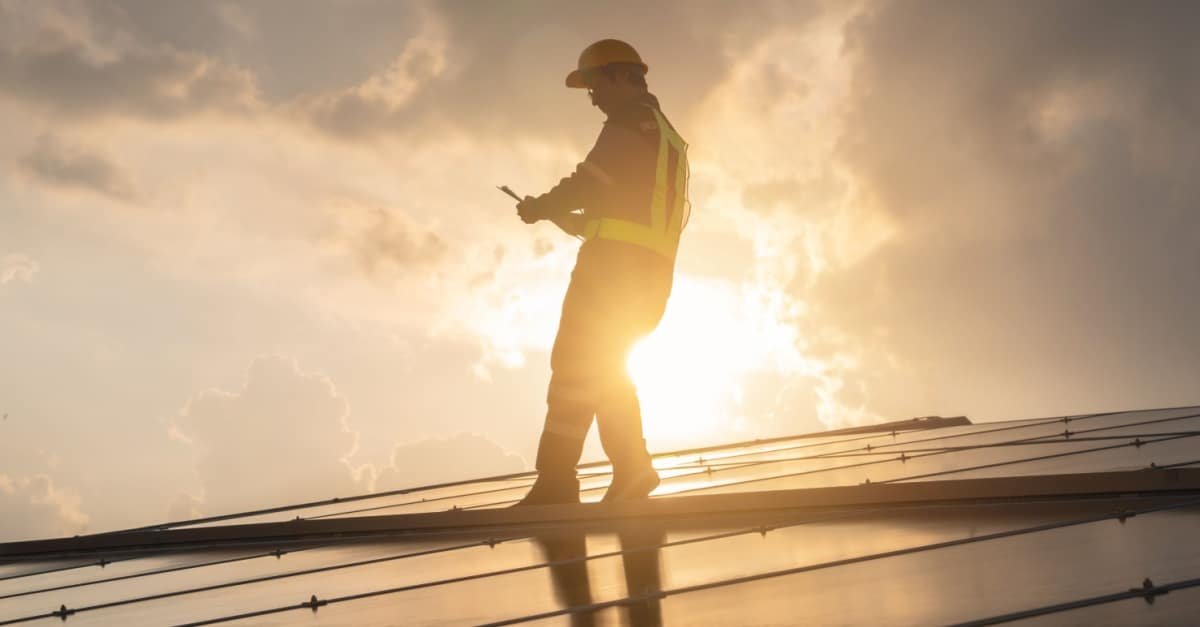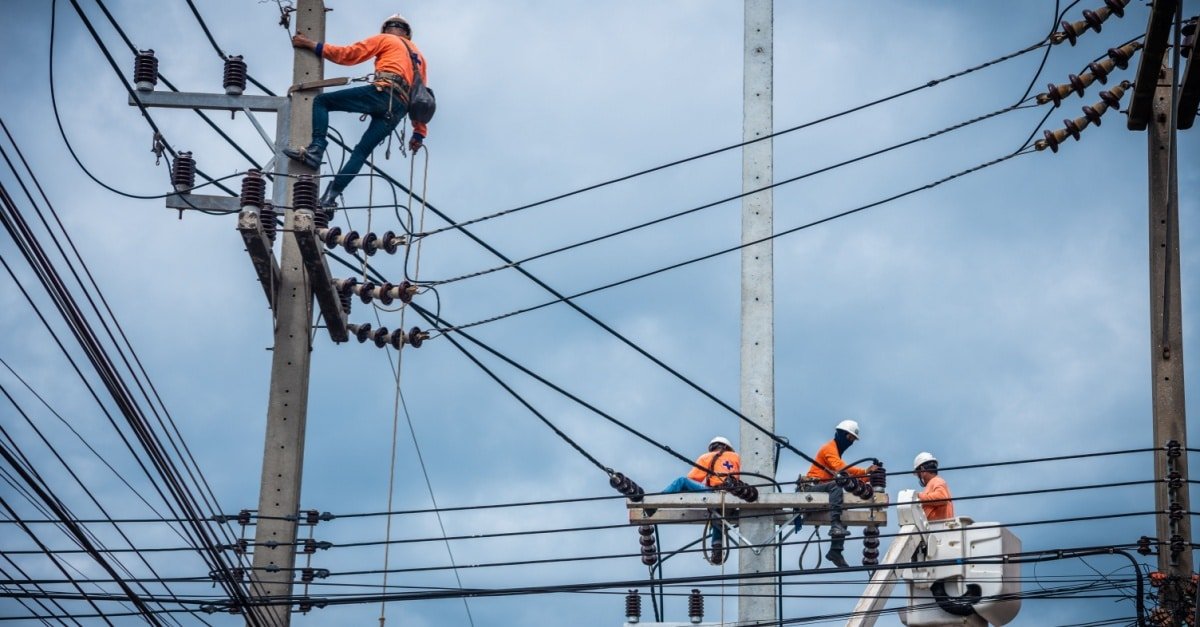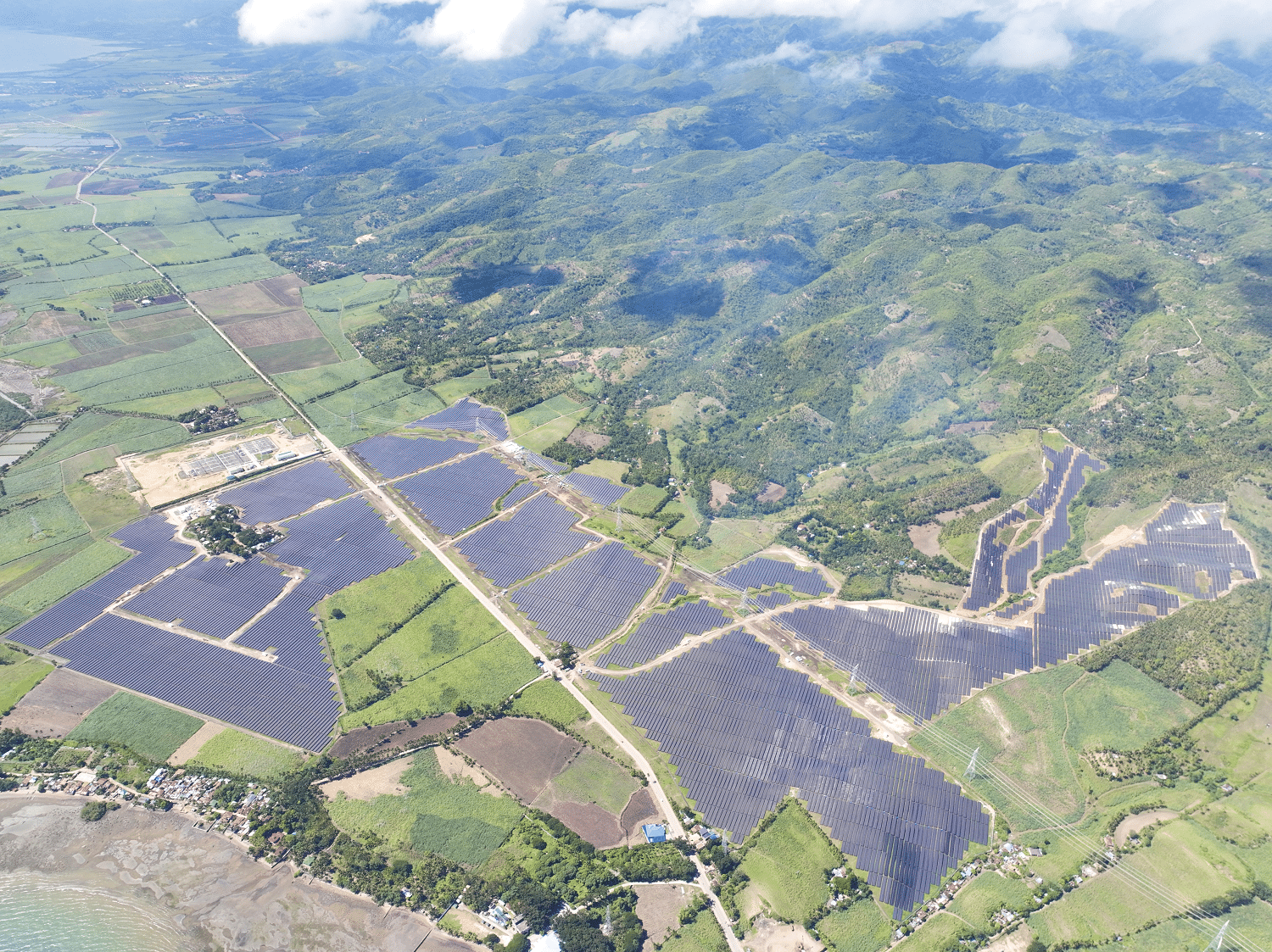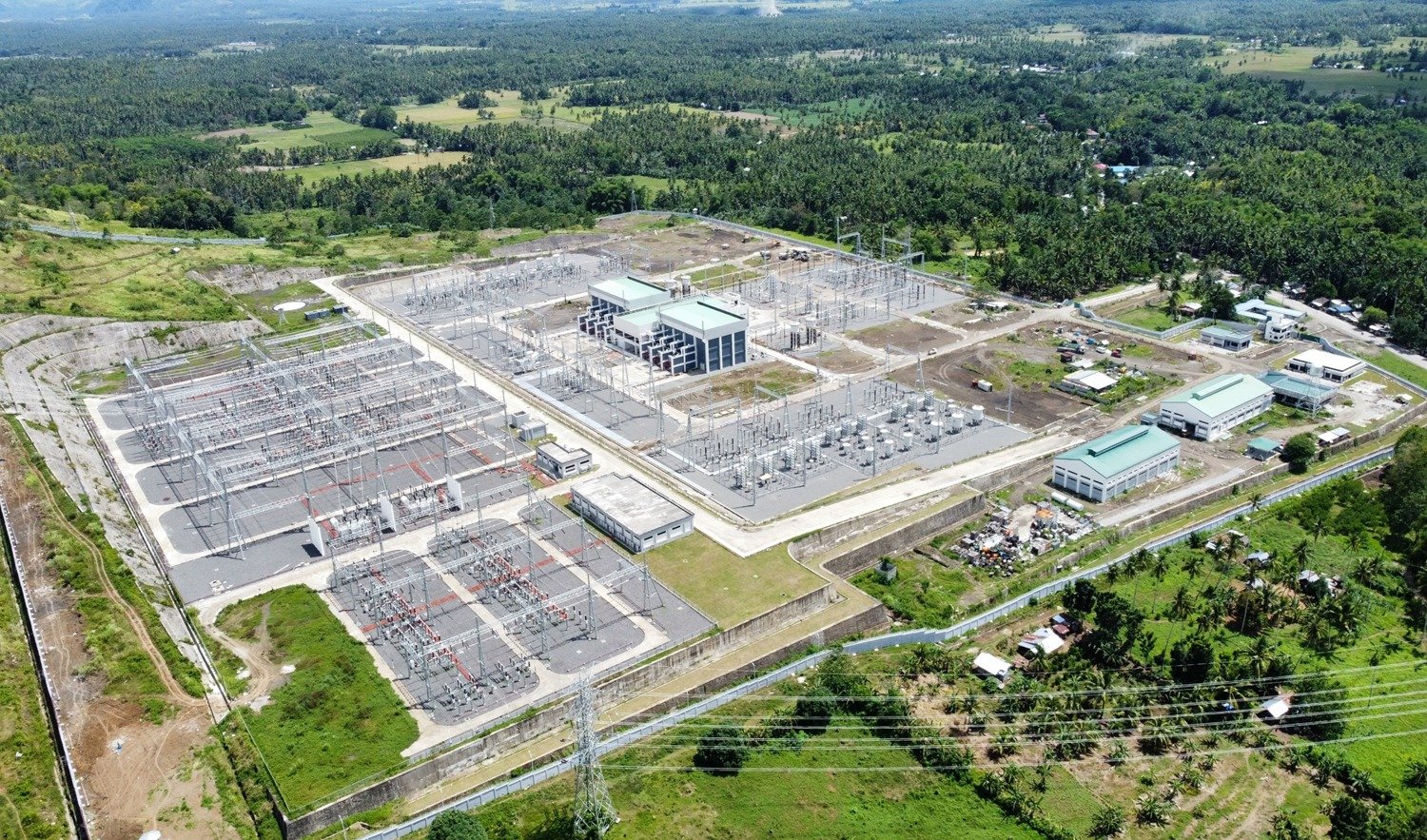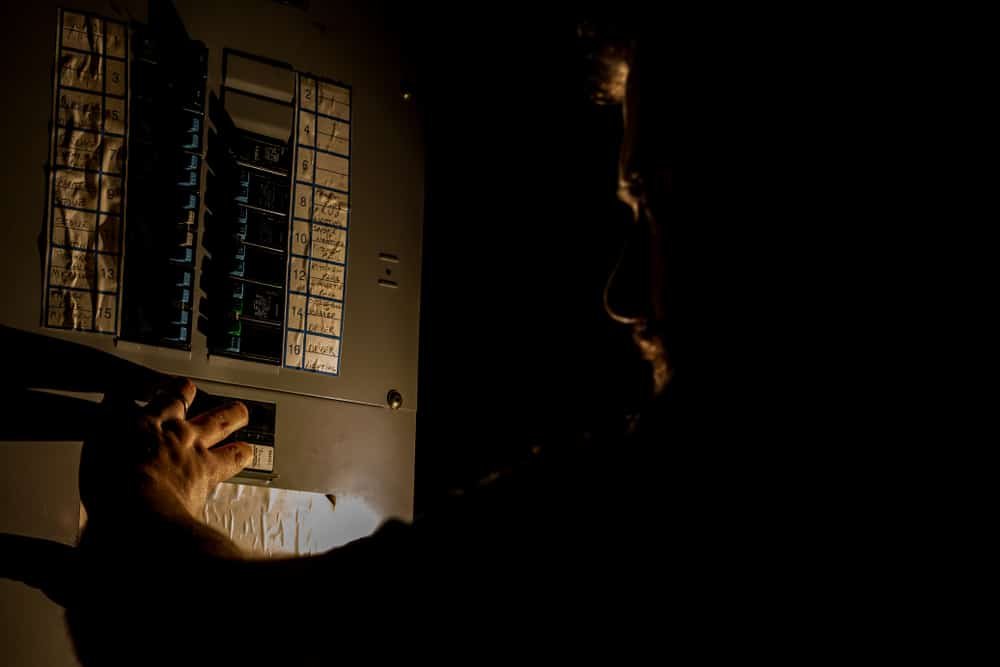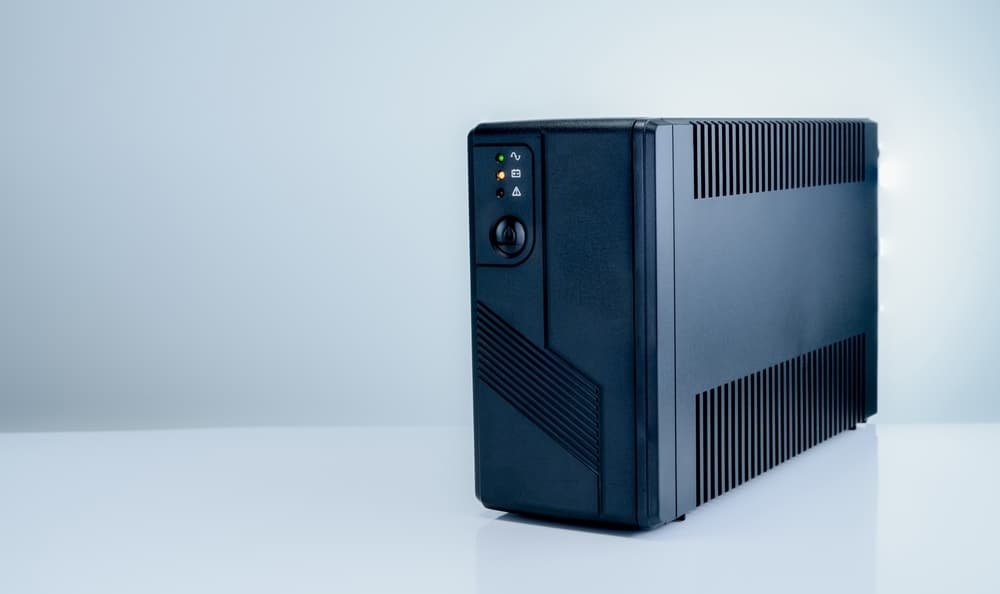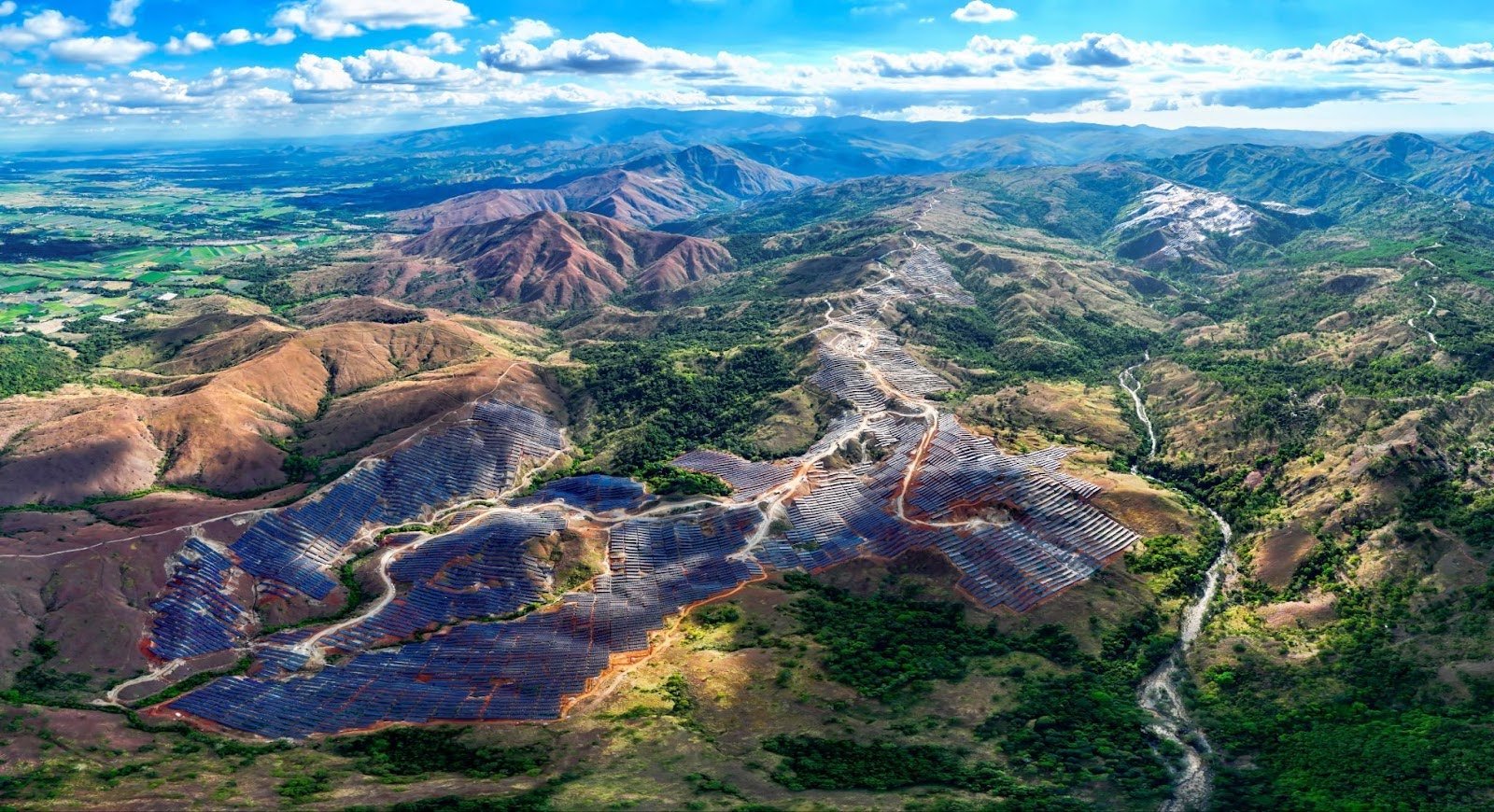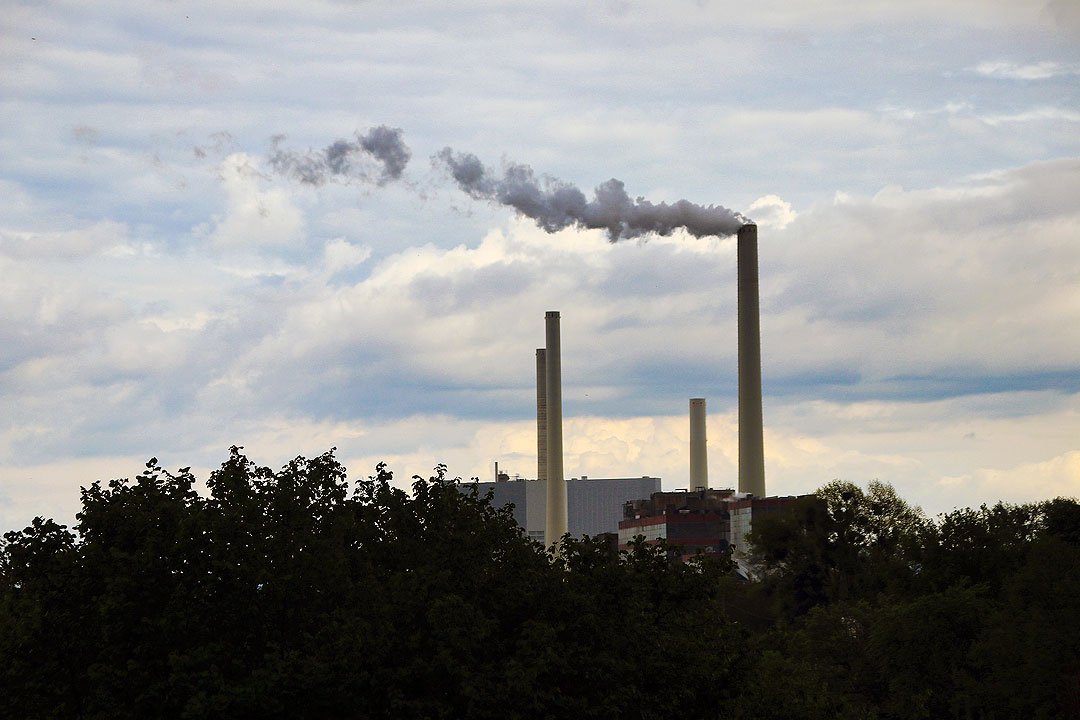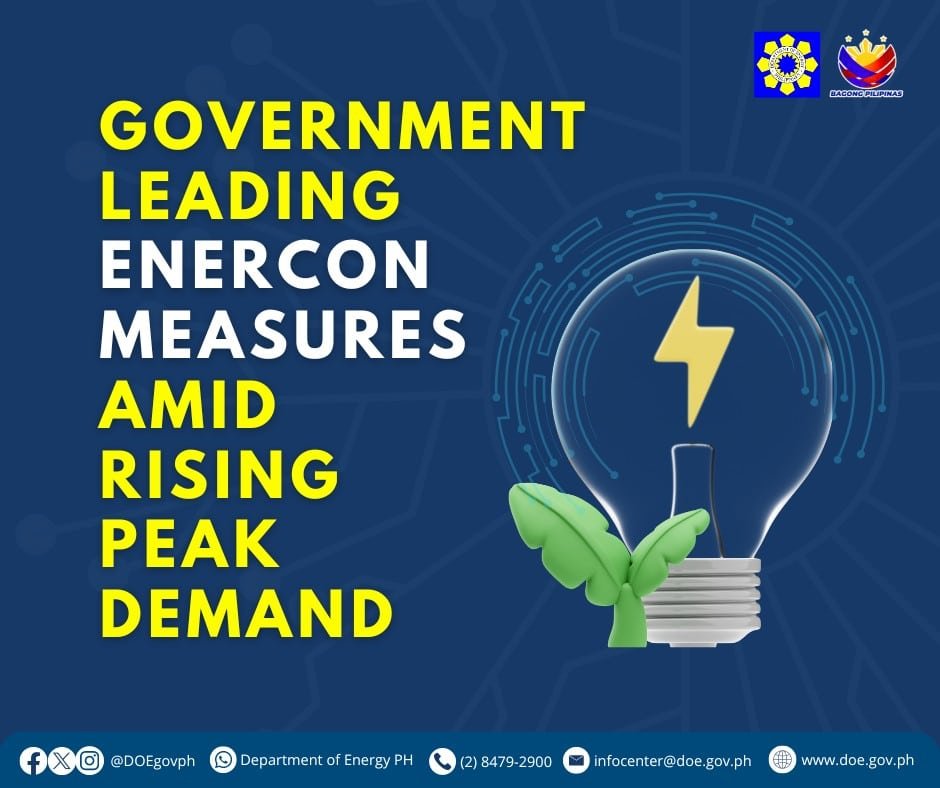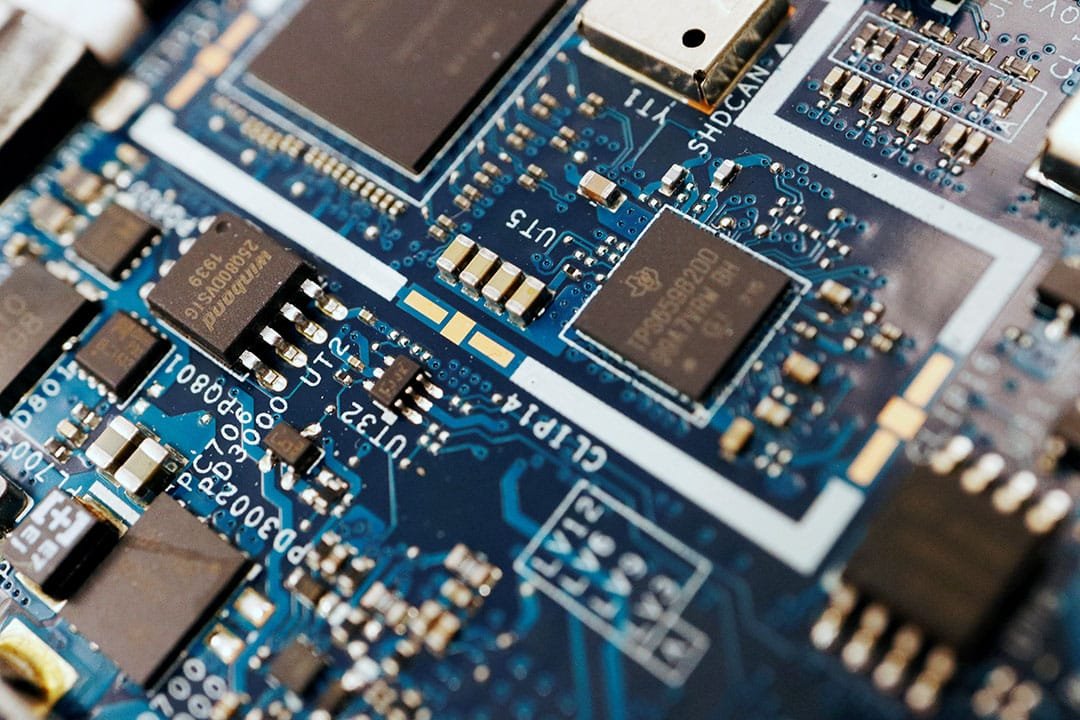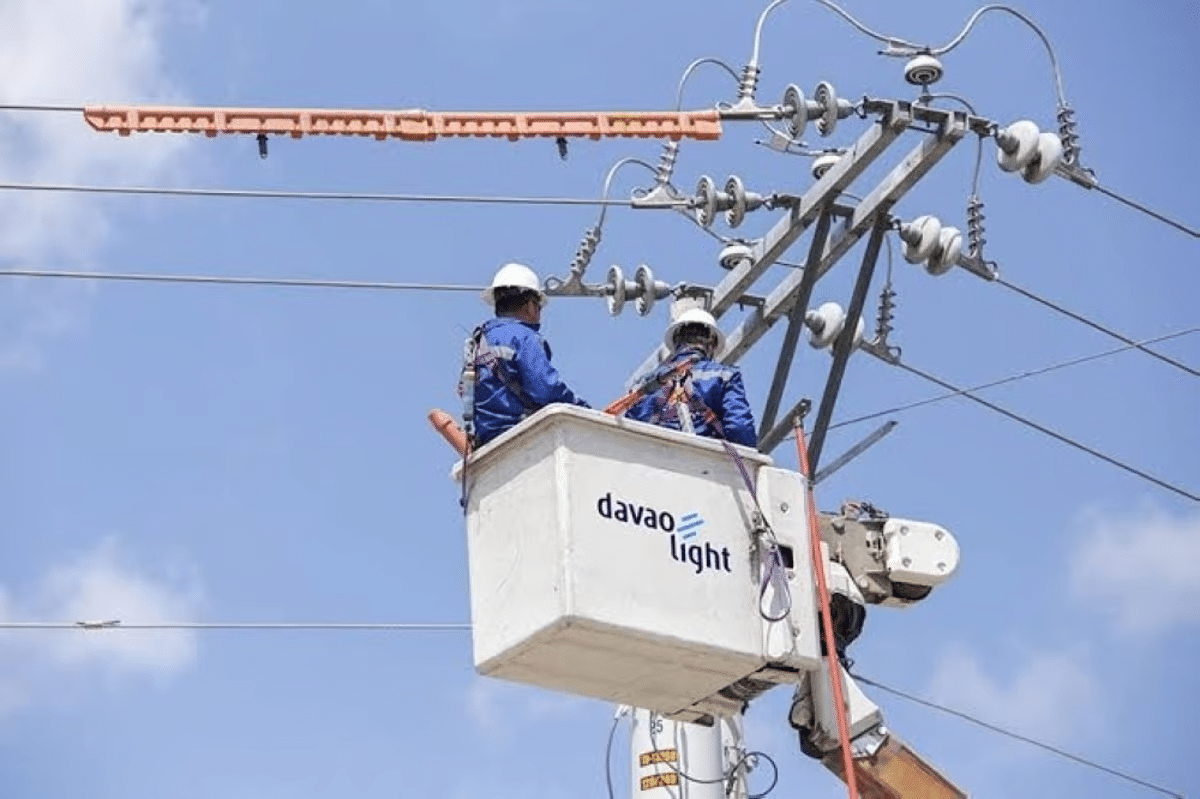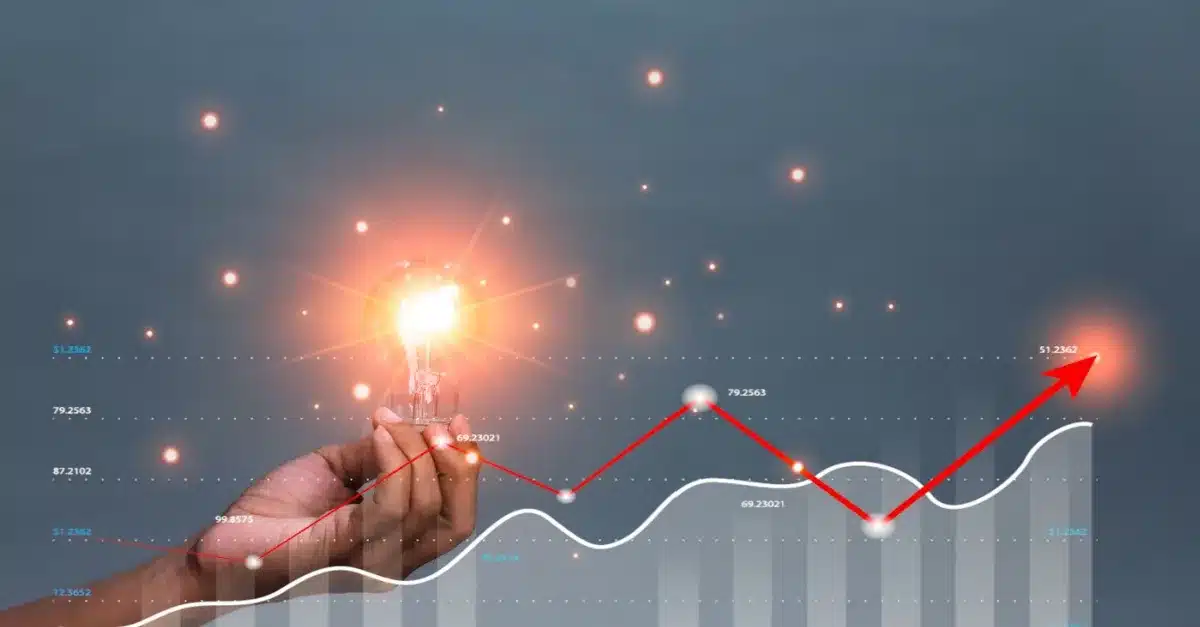
Table of Contents
Off-grid electricity rates for commercial and industrial users in the Philippines are set to increase in November 2025. The Energy Regulatory Commission (ERC) approved an interim boost for the National Power Corporation’s (NPC) Small Power Utilities Group (SPG), adjusting the subsidized generation rate.
Higher electricity rates will impact commercial and industrial customers in off-grid areas, including Mindoro, Marinduque, Palawan, Catanduanes, Masbate, Romblon, Tablas, Camotes, Siquijor, Bantayan, Basilan, Sulu, and Tawi-Tawi.
The ERC said it used a fuel cost-based approach to set the subsidized approved generation rate (SAGR), linking rates to actual operational costs. Citing NPC data, the regulator noted the increase was justified and necessary, allowing the new rates to take effect while a final decision is pending.
Commercial and industrial customers in Mindoro, Marinduque, Palawan, Catanduanes, Masbate, Romblon, Tablas, Camotes, Siquijor, Bantayan, Basilan, Sulu, and Tawi-Tawi will see increases of ₱0.7199 to ₱0.9282 per kilowatt-hour (kWh), with second-year adjustments up to ₱1.8564 per kWh.
(Also read: Coal & Renewables: Rivals or Partners in Transition?)
Pushback on rate hikes
The Romblon Electric Cooperative (Romelco) urged the Energy Regulatory Commission (ERC) to suspend and reverse the electricity rate hike. The electric cooperative (EC) said the increase would heavily burden residents and businesses in Romblon and the wider MIMAROPA region, which are still recovering from a recent typhoon.
Typhoon Opong struck the Philippines in late September, heavily impacting Romblon and prompting a state of calamity three days later.
According to Romelco, the two-year rate hike totals ₱1.8564 per kWh, raising the overall increase to ₱3.6060 per kWh when added to earlier adjustments. While the new rates will take effect for commercial and industrial users, the EC warned that a second round could later include households.
Romelco General Manager and Association of Isolated Electric Cooperatives (AIEC) President Rene Fajilagutan noted the hike could have been avoided by adding only ₱0.02 per kWh to the missionary electrification charge instead of passing the cost to consumers. AIEC will seek reconsideration, warning that commercial and industrial users consuming 1,000 to 2,000 kWh could face bill increases of up to 600%.
In April 2024, a similar dispute arose when the Palawan Electric Cooperative (Paleco) opposed NPC’s proposed increase in Palawan’s SAGR. The EC cautioned that the hike would hit every household and business, drive up operating costs, raise prices of goods and services, and worsen inflation across the province and Puerto Princesa City.
The Philippine Rural Electric Cooperatives Association, Inc. (Philreca) supported the opposition, warning that raising the SAGR contradicts the “national policy of providing electricity at the least cost manner but will also bring about tremendous effect and harm to residential MCOs, decreasing disposable income and aggravating the already challenging circumstances faced by communities in remote areas.”
(Also read: Nordeco’s Samal Submarine Cable: A 6-Year Promise Still Out of Reach)
Key drivers of Rising SAGR
In the Department of Energy’s (DOE) Department Circular, SAGR is defined as the rate in peso per kWh approved by the ERC for EC to charge consumers in off-grid areas. In such areas, consumers pay a government-subsidized generation rate rather than the full cost of power generation.
By increasing the SAGR, NPC can recover more of its actual generation costs and sustain SPUG operations in remote areas, although this places additional pressure on consumers. As a result, the SAGR continues to rise due to several key factors:
- Dependence on diesel power generation
As of 2024, the NPC operates more than 281 SPUG plants, the majority of which rely on diesel for generation. Diesel remains expensive in part because of low global supply. Many older refineries have shut down due to rising costs, stricter environmental rules, and the gradual shift toward renewable energy (RE). Geopolitical tensions like the Ukraine-Russia war also disrupt supply chains, raising insurance and logistics costs.
- Limited economies of scale
According to the DOE, NPC continues to face high costs in missionary areas because its power plants serve small, low-demand communities. With limited operating hours and low consumption, the NPC cannot achieve economies of scale, resulting in profit losses and higher generation expenses. By increasing the SAGR, NPC can recover more of its actual generation costs and sustain the operation of SPUG plants in remote areas, even though this puts additional pressure on consumers.
- Unstable power supply
The DOE acknowledged that the true cost of generation in Small Island and Isolated Grids (SIIGs) is driven higher by unreliable supply from “aging generator sets.” NPC data shows that, from 2016 to 2020, about 77% of its operating units were more than five years old, making them less efficient and fuel-intensive. Supplying these plants is also costly and difficult, as fuel must be transported to remote islands and upland areas. Weather disruptions and security issues can delay deliveries, further straining operations.
- Delayed UCME payments
The Universal Charge for Missionary Electrification (UCME) is a vital subsidy that supports NPC-SPUG in delivering electricity to off-grid areas. This subsidy bridges the gap between the actual cost of generation and the subsidized rates paid by consumers. However, the timely disbursement of UCME funds has been a persistent issue. For instance, in January 2023, NPC announced plans to reduce power delivery in SPUG areas due to a lack of fuel supplies and a delayed UCME subsidy payment.
One of the primary reasons for these delays is the slow approval process by the ERC. According to the electric consumer organization, Matuwid na Singil sa Kuryente (MSK), the ERC has deferred action on numerous UCME applications from NPC, some dating back to 2016, due to disputes over cost assessments and the need for further evaluation. Additionally, the Asian Development Bank (ADB) states that these delays hinder the timely procurement of fuel and maintenance of aging infrastructure, exacerbating the financial strain on NPC-SPUG.
Possible solutions
To address the rising SAGR and ease the burden on consumers, several potential solutions and interventions have been proposed.
- Grid connections
Philreca urged the national government and concerned agencies to “look into long-term solutions for SPUG ECs, such as fast-tracking the connection of the off-grid areas to the main transmission system along with other mechanisms,” outlined in the EPIRA. Connecting off-grid communities to the main transmission system can reduce reliance on expensive diesel generation, improve supply reliability, and lower the cost of electricity.
- Private sector participation
Recognizing the heavy reliance of NPC-SPUG on public funds, the DOE has called for a more cost-efficient approach to missionary electrification. This includes greater private sector participation and reforms in ECs to ensure long-term sustainability.
The DOE’s Qualified Third Party (QTP) Program allows private companies to invest in off-grid areas by providing electricity services. In its Revised Qualified Third Party Guidelines, the NEA is responsible for carrying out information and education campaigns among ECs to facilitate private sector participation in delivering electricity services within their franchise areas.
- Regulatory & market reforms
The ADB recommends that subsidies for diesel be shifted to cover upfront costs rather than ongoing expenses, encouraging ECs to buy the most cost-efficient power. NPC-SPUG can accelerate hybrid systems, mixing renewables with diesel, to improve reliability and affordability. Standardizing contracts and tariffs will also make pricing fairer, while simplifying bidding rules, especially for smaller projects, can reduce costs.
Looking ahead
The upcoming SAGR increases highlight the urgent challenges facing off-grid areas, which are among the most in need of reliable energy to break the cycle of poverty. Faster grid integration, hybrid renewable-diesel systems, more efficient operations, streamlined regulatory processes can provide stable, affordable electricity.
For these communities, such interventions not only ease financial burdens but also enable local business, education, and essential services, laying the groundwork for sustainable growth and resilience.
Sources:
https://legacy.doe.gov.ph/sites/default/files/pdf/issuances/dc2019-01-0001.PDF
https://rbnenergy.com/daily-posts/blog/refinery-shutdowns-around-world
https://www.woodmac.com/news/opinion/global-refinery-closure-outlook-2035
https://legacy.doe.gov.ph/sites/default/files/pdf/electric_power/medp_2016-2020.pdf
https://www.adb.org/sites/default/files/project-documents/48435/48435-002-tacr-en_1.pdf
https://legacy.doe.gov.ph/sites/default/files/pdf/qtp/qtp_faqs.pdf

